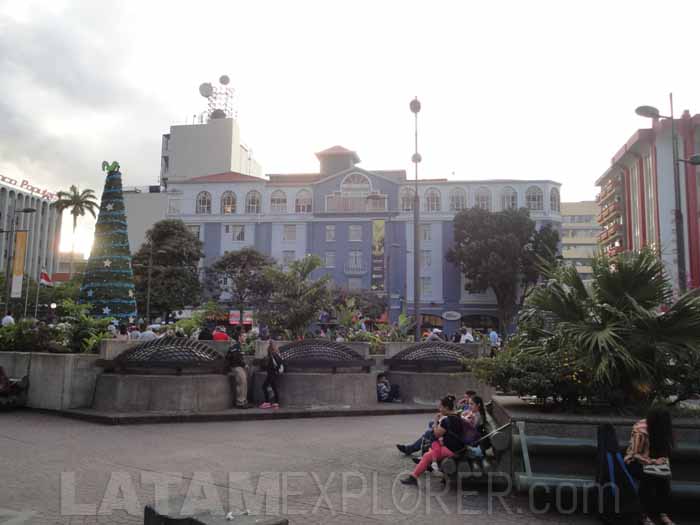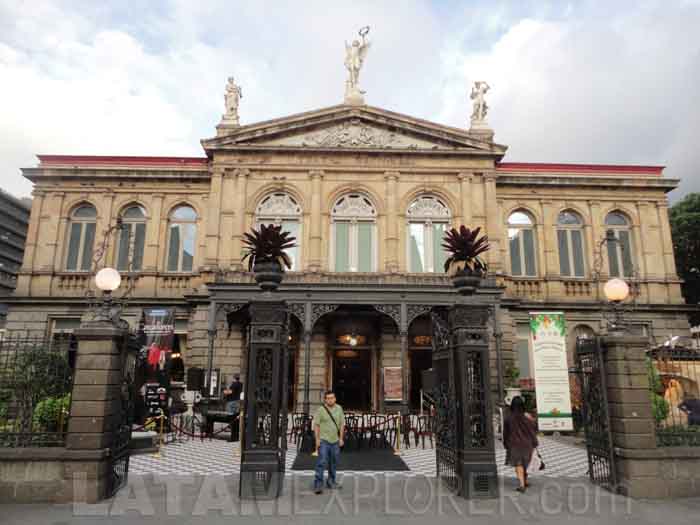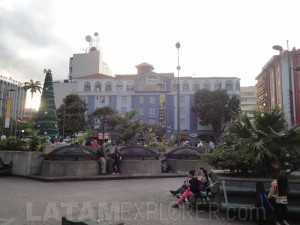Costa Rica’s capital and largest city, San José is also the main gateway to the country, thanks to its well-connected international airport. San José is located in Costa Rica’s central valley, approximately 1,200m (3,940ft) above the sea level, a factor that contributes to make its climate somewhat cooler than what is experienced in the country’s coastal areas – maximum temperatures are usually below 30°C (86°F). Just like most of the country, the city is characterized by a rainy season that lasts from May to November, and a dry season from January to March. Although the population of the city proper is around 300,000 inhabitants, its metropolitan area is home to more than 2.1 million people, or half of the national population.

San José is a relatively well organized city that has several points of interest. It is, indeed, together with Panama City, the only capital in continental Central America that deserves the attention of the average traveler, although one day or two are usually enough to get a good sense of the place. During your stay, the Pre-Columbian Gold Museum and the Jade Museum should not be missed. Both allow you to learn about the history of the peoples that inhabited the region for thousands of years prior to the arrival of the Spanish conquerors. Next to the Gold Museum, the National Theater is a beautiful building that presents several concerts and other performances.

One of the main highlights of San José, however, is its privileged location, nearby several natural attractions that are much more interesting than the city itself. Considered by many people as one of the most beautiful spots in the whole country, the surroundings of the still active Poás Volcano form a national park that is easily accessible from the capital. There, it is possible to see the fumaroles of the main crater and get to know the beautiful lake formed at Botos, an already inactive crater. Besides Poás, the Irazú Volcano also is a popular destination: at 3,432m (11,260ft) it is the highest active volcano in Costa Rica. It is possible to reach its top through a minor road served even by a regular bus service. Further away, but still within reach of a day-trip from San José, the Arenal Volcano, reaching an altitude of 1,670m (5,480ft) may not be as high as those mentioned earlier, but it is a very popular destination mainly due to its recent history of eruptions. From 1968 to 2010, when the latest eruptions cycle seem to have lasted, night visits to the volcano area in order to observe lava flows were common place. Nowadays, however, most people come just to take in the views of the volcano or bathe in the thermal waters of any of the complexes existing in the surroundings.
The La Paz Cascade Gardens are another beautiful attraction near the capital. The park has 3.5km (2.2mi) of trails where several wild species can be observed, besides featuring one the largest butterfly exhibits in the country.
San José is also a convenient transport hub from where practically anywhere in Costa Rica can be reached, including the very popular Manuel Antonio National Park, on the Pacific coast, 130km (80mi) away, and Puerto Viejo de Talamanca, in the Caribbean coast, 220km (135mi) from the capital. The village of Monteverde, gateway to the cloud forest and several outdoors adventures, is 145km (90mi) from San José. It is also possible to continue your journey through Central America either flying out from San José or taking a comfortable international bus to Panama (Panama City lies 850km (530mi) from Costa Rica’s capital, while Bocas del Toro is a 300km (mi) plus a 30min boat ride away) or to Nicaragua - Ometepe Island is 325km (200mi) plus a one hour boat away, while the colonial city of Granada lies 390km (240mi) from San José.


